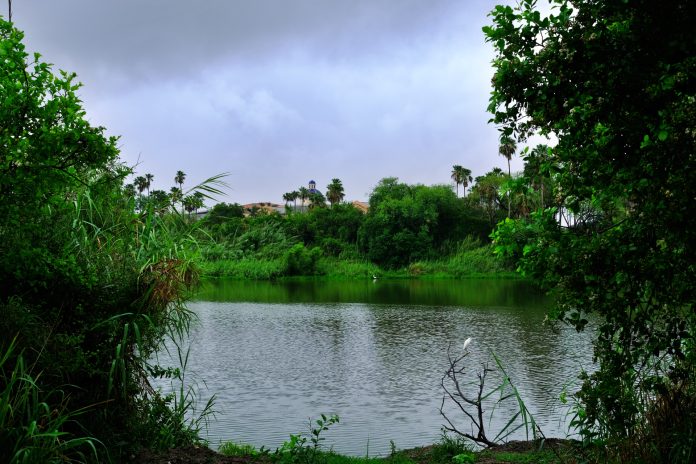
|
Only have a minute? Listen instead
Getting your Trinity Audio player ready...
|
The National Weather Service of Brownsville is anticipating above average temperatures and a “lean” toward above average rainfall for the lower Rio Grande Valley for the month of August.
The shift toward warmer and drier weather follows “earlier-than-expected” rainfall in the month of July totalling from 3 to 6 inches throughout the South Texas region, including 6 inches to over 10 inches of rain in Cameron and Willacy counties.
According to a news release from the National Weather Service, Harlingen and Brownsville ranked among the top five wettest Julys due in part to rains from Tropical Storm Alberto
“As we move deeper into meteorological autumn (defined as September-November), the shift toward warm/hot and dry becomes more pronounced as La Nina settles in,” Barry Goldsmith, warning coordination meteorologist with National Weather Service in Brownsville, said in the news release.
“While local rains have temporarily helped soil moisture and retention levels, the current heat/lack of rain can make the situation fleeting and abnormal dryness can return rather quickly.”
Despite the above acreage rain in July, Amistad and Falcon International Reservoirs were unaffected.
“The helpful rains that followed Beryl, and that reached the lower Valley the last full week of July, missed these areas as well,” Goldsmith said.
Looking ahead toward the months of August through October, the National Weather Service is forecasting above average temperatures with above average rainfall in the Lower Valley, as well as equal chances of above, average and below average rainfall in the other regions of South Texas.
“Time is becoming an enemy for the necessary rains to help Amistad and Falcon,” Goldsmith said. “If cyclones like Debby become the rule, rainfall could be limited – and the record/near record low levels will continue through September.”
This could result in Stage 2 and 3 water restrictions continuing during the peak of hurricane season. As of Monday, Falcon was at 12% of total capacity and Amistad at 19.9% — a slight improvement following record lows of 8.7% on May 31 at Falcon and 18.7% in mid-late June at Amistad.
“Confidence is increasing for a warm and largely rain-free close to 2024,” Goldsmith said. “Such a situation would resume modest to steady reservoir reductions and a continuing water supply crisis for some.”

He added that the drought which was removed from all areas by late June could return by late August due to persistent lack of rainfall.
“Any rainfall “spigot” may turn off between mid September and early October,” Goldsmith said. “If minimal rain falls before that time, drought conditions would steadily worsen – and moderate to severe (Level 1 and 2 of 4) would return in October.”
Drier conditions as well as low humidity and northwest winds could result in fire weather danger by October.
The National Weather Service is urging South Texas residents to be vigilant and prepared for any significant tropical events that could impact the region, including checking and repairing building and road infrastructure, maintaining clear drainage ditches/canals/culverts among other preventative measures.
“At the same time, water use vigilance remains key, even during this window where grass turned green and several retention/detention ponds filled,” Goldsmith said. “It only takes a couple of weeks of hot, rain-free weather to diminish or eliminate the benefits, and reservoir levels remain at or near historical lows. The forecast for mid September through October increasingly favors yellowing/browning out vs. greening up.”



